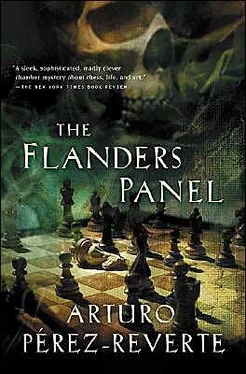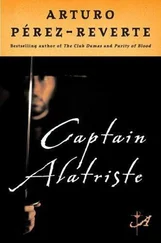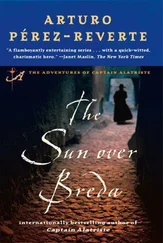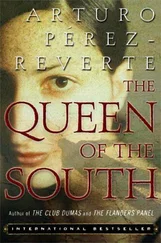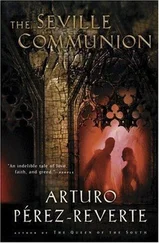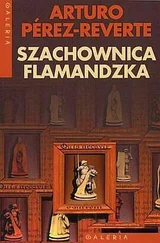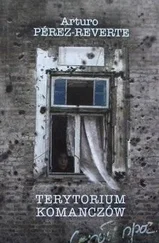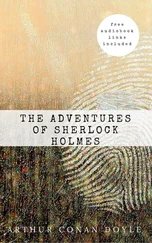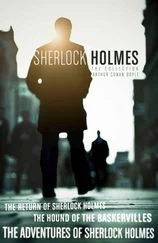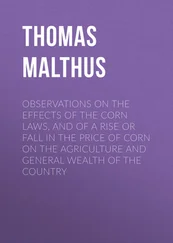A year had been enough to cauterise the wounds, but not the memories, memories that Julia had no intention of giving up anyway. She’d grown up quite fast, and that whole moral process had crystallised in the belief – unashamedly drawn from those professed by Cesar – that life is like an expensive restaurant where, sooner or later, someone always hands you the bill, which is not to say that you should deny the joy and pleasure afforded by the dishes already eaten.
Julia was pondering this now, as she watched Alvaro at his desk, leafing through a book and making notes on white index cards. He’d hardly changed at all physically, apart from a few grey hairs. His eyes were still calm and intelligent. She’d loved those eyes once, as she had those long, slender hands with their smooth, round nails. She watched as his fingers turned the pages, held his pen, and she heard, much to her discomfort, a distant murmur of melancholy, which, after brief analysis, she decided to accept as perfectly normal. His hands did not provoke in her the same feelings now as then, but they had, nonetheless, once caressed her body. Even his smallest touch, its warmth, had remained imprinted on her skin; the traces had not been erased by other loves.
She tried to slow the pulse of her feelings. She hadn’t the least intention of giving in to the temptations of memory. Besides, that was now a secondary consideration. She hadn’t gone there in order to stir up nostalgic longings. So she forced herself to concentrate on her ex-lover’s words and not on him. After the first awkward minutes, Alvaro had looked at her thoughtfully, as if trying to assess the importance of what had brought her there again after all this time. He smiled affectionately, like an old friend or colleague, relaxed and attentive, placing himself at her disposal with the quiet efficiency so familiar to her, full of silences and considered remarks uttered in that low voice of his. After the initial surprise, there was only a hint of perplexity in his eyes when Julia asked him about the painting, though not about the hidden inscription, which she and Menchu had decided to keep a secret. Alvaro confirmed that he knew the painter, his work and the historical period well, but that he hadn’t known the painting was going to be auctioned or that Julia had been placed in charge of its restoration. In fact he had no need of the colour photographs Julia had brought, and he seemed familiar with the people in the painting. Running his forefinger down the page of an old volume on medieval history to check a date, he was intent on his task and apparently oblivious to the past intimacy which Julia sensed floating between them like the shroud of a ghost. But perhaps he feels the same, she thought. Perhaps from Alvaro’s point of view, she too seemed oddly distant and indifferent.
“Here you are,” he said, and Julia clung to the sound of his voice like a drowning woman to a piece of wood, knowing, with relief, that she couldn’t do two things at once: remember him as he was then and listen to him now. With no regret, her feelings of nostalgia were immediately left behind, and the relief on her face must have been so patent that he looked at her, surprised, before turning his attention back to the page of the book.
Julia glanced at the title: Switzerland , Burgundy and the Low Countries in the Fourteenth and Fifteenth Centuries.
“Look.” Alvaro was pointing at a name in the text. Then he transferred his finger to the photograph of the painting she had placed on the table.
“FERDINANDUS OST. D. is the identifying inscription of the chess player on the left, the man dressed in red. Van Huys painted The Game of Chess in 1471, so there’s no doubt about it. It’s Ferdinand Altenhoffen, the Duke of Ostenburg, Ostenburguensis Dux, born in 1435, died in… yes, that’s right, in 1474. He was about thirty-five when he sat for the painter.”
Julia had picked up a card from the table and was pointing at what was written there.
“Where was Ostenburg?… In Germany?”
Alvaro shook his head and opened a historical atlas.
“Ostenburg was a duchy that corresponded, more or less, to Charlemagne’s Rodovingia… It was here, inside the Franco-German borders, between Luxembourg and Flanders. In the fifteenth and sixteenth centuries, the Ostenburg dukes tried to remain independent, but ended up being absorbed, first by Burgundy and then by Maximilian of Austria. In fact, the Altenhoffen dynasty died out with this particular Ferdinand. If you like, I can make you some photocopies.”
“I’d be very grateful.”
“It’s no trouble.” Alvaro sat back in his chair, took a tin of tobacco from a drawer in the desk and started filling his pipe. “Logically, the lady by the window, with the inscription BEATRIX BURG. OST. D. can only be Beatrice of Burgundy, the Duke’s consort. See? Beatrice married Ferdinand Altenhoffen in 1464, when she was twenty-three.”
“For love?” asked Julia with an enigmatic smile, looking at the photograph. Alvaro responded with a brief, rather forced smile of his own.
“As you know, very few marriages of this kind were love matches… The wedding was an attempt by Beatrice’s uncle, Philip the Good, Duke of Burgundy, to create closer ties with Ostenburg in an alliance against France, which was trying to annex both duchies.” Alvaro looked at the photograph and put his pipe between his teeth. “Ferdinand of Ostenburg was lucky though, because she was very beautiful. At least, according to what the most important chronicler of the time, Nicolas Flavin, said in his Annates bourguignonnes. Your Van Huys seems to have thought so too. It appears she’d been painted by him before, because there’s a document, quoted by Pijoan, which states that Van Huys was for a time court painter at Ostenburg. In 1463, Ferdinand Altenhoffen assigned him a pension of £100 a year, payable half at the feast of St John and the other half at Christmas. The same document contains the commission to paint a portrait, bien au vif, of Beatrice, who was then the Duke’s fiancee.”
“Are there any other references?”
“Loads. Van Huys became quite an important person.” Alvaro took a file out of a cabinet. “Jean Lemaire, in his Couronne Margaridique, written in honour of Margaret of Austria, Governor of the Low Countries, mentions Pierre de Brugge (Van Huys), Hughes de Gand (Van der Goes) and Dieric de Louvain (Dietric Bouts), together with the person he dubs the king of Flemish painters, Johannes (Van Eyck). The actual words he uses in the poem are: ‘Pierre de Brugge, qui tant eut les traits utez’, which translates literally as ‘he who drew such clean lines’. By the time that was written, Van Huys had been dead for twenty-five years.” Alvaro carefully checked through some other cards. “And there are earlier mentions too. For example, inventories from the Kingdom of Valencia state that Alfonso V the Magnanimous owned works by Van Huys, Van Eyck and other painters, all of them now lost. Bartolomeo Fazio, a close relative of Alfonso V, also mentions him in his De viribus illustribus liber, describing him as ‘Pietrus Husyus, insignis pictor’. Other authors, particularly Italians, call him ‘Magistro Piero Van Hus, pictori in Bruggia’. There’s a quote in 1470 in which Guido Rasofalco mentions one of his paintings, a Crucifixion, which again has not survived, as ‘Opera buona di mano di un chiamato Piero di Juys, pictor famoso in Fiandra.” And another Italian author, anonymous this time, refers to a painting by Van Huys that has survived, The Knight and the Devil, stating that ’A magistro Pietrus Juisus magno et famoso flandesco fuit depictum.“ He’s also mentioned by Guicciardini and Van Mander in the sixteenth century and by James Weale in the nineteenth century in his books on great Flemish painters.” He gathered up the cards and put them carefully back into the file, which he returned to the cabinet. Then he sat back in his chair and looked at Julia, smiling. “Satisfied?”
Читать дальше
